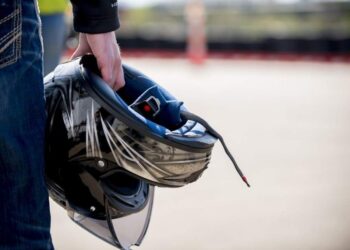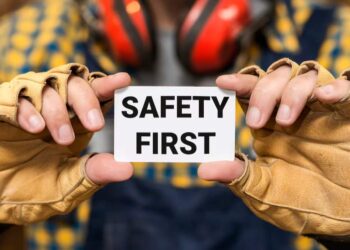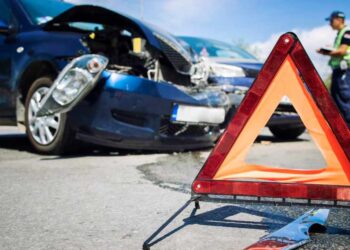As parents, we do everything we can to keep our little ones safe, especially regarding car travel. Car seats are lifesavers, reducing the risk of serious injury in an accident by up to 82%. But just like your kiddo outgrows their favorite shoes, their car seat won’t last forever. Knowing when to replace a car seat is crucial for ensuring your child’s safety, and in the unfortunate event of an accident, having the right car seat can also be an important factor should you need to consult with Tampa accident lawyers. So, how do you know when to say goodbye to the old seat and invest in a new one? Let’s dive in.
Your Child Has Outgrown It
Car seats are designed for different stages of growth, and each seat has height and weight limits. Most infant car seats, for example, are designed for babies up to around 30 pounds. If your child’s head is reaching the top of the seat or their weight exceeds the manufacturer’s limit, it’s time to move up to a bigger seat.
Convertible and booster seats also have limits, so always check your car seat’s manual to ensure your child is within the safe range. They won’t be properly protected in an accident if they’re too big for their current seat.
The Car Seat is Expired
Yes, car seats have expiration dates! Most last between six and ten years, depending on the brand. Over time, the plastic and other materials degrade, making the seat less effective in a crash. The expiration date is printed on a label or molded into the plastic on the seat’s underside. Check the manufacturer’s website or manual if you can’t find it.
Using an expired car seat can put your child at risk, so if yours is past its prime, it’s time to replace it—no exceptions.
It’s Been in a Car Accident
Even if a car seat looks fine after an accident, it might not be. The National Highway Traffic Safety Administration (NHTSA) recommends replacing a car seat after a moderate or severe crash. Minor accidents—where no one was injured, airbags didn’t deploy, and the car seat wasn’t visibly damaged—may not require replacement, but it’s always best to check with the manufacturer.
If you’ve been in an accident, it’s also a good idea to consult Tampa accident lawyers to understand your rights and potential compensation, especially if another driver is at fault.
Visible Wear and Tear
Kids are messy, and car seats experience a lot of wear and tear—spilled drinks, snack crumbs, and general wear. But beyond the mess, you should check for cracks, fraying straps, or broken buckles. If anything looks damaged or worn out, the car seat might not function properly in a crash.
If you notice any damage, don’t try to fix it with DIY methods like duct tape or glue. Instead, replace the seat to ensure maximum safety.
The Seat is Missing Parts or Has Been Recalled
Car seats have many moving parts, and pieces can go missing over time. If you’ve lost a crucial component, don’t take chances—either replace the missing piece with an exact manufacturer-approved part or get a new seat altogether.
Additionally, car seat recalls happen from time to time. If you’re unsure whether your car seat has been recalled, check the NHTSA website or the manufacturer’s page. If your seat is part of a recall, follow the replacement or repair instructions immediately.
Hand-Me-Down Car Seats: Proceed with Caution
If you’re considering using a secondhand car seat from a friend or family member, ensure you know its full history. Was it in an accident? Is it expired? Are all the parts intact? If you can’t confidently answer these questions, getting a new one is best. Your child’s safety isn’t worth the risk.
Properly Disposing of an Old Car Seat
Once it’s time to replace your car seat, don’t just toss it in the trash. Many communities offer recycling programs for car seats, or you can check with stores like Target, which occasionally have trade-in events. If recycling isn’t an option, make sure the seat is unusable before discarding it—cut the straps, remove padding, and label it as “Do Not Use” so no one mistakenly picks it up.
Final Thoughts: Safety First, Always!
Car seats are essential to keeping your little one safe on the road, but they don’t last forever. You can ensure your child always has the best protection possible by staying aware of weight limits, expiration dates, damage, and accident history. Your child’s safety is priceless, and keeping their car seat up to date is one of the simplest ways to protect them. Stay informed, stay safe, and drive on with confidence!










